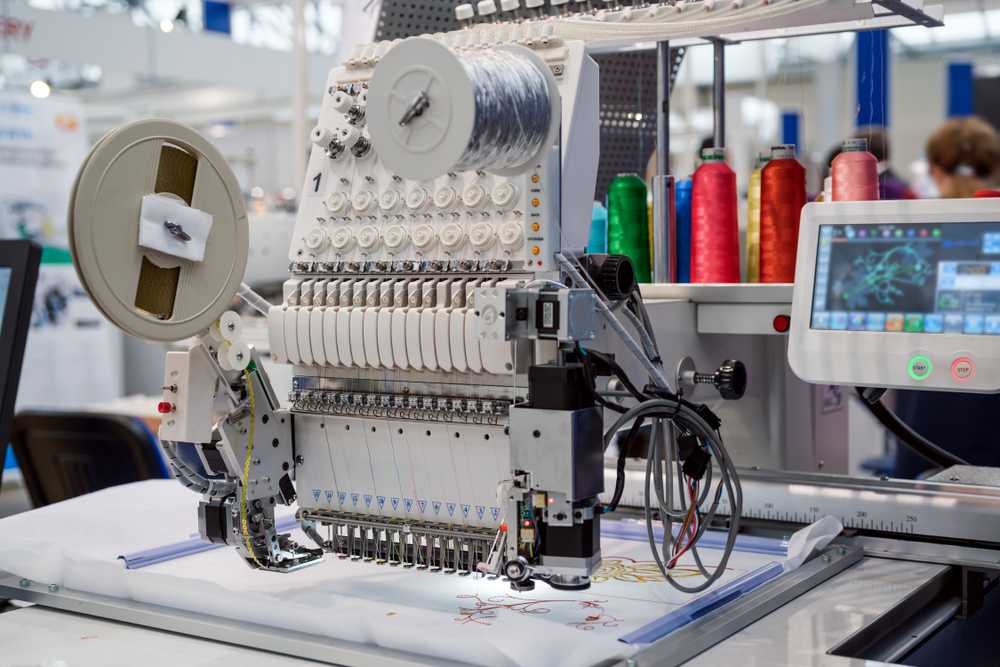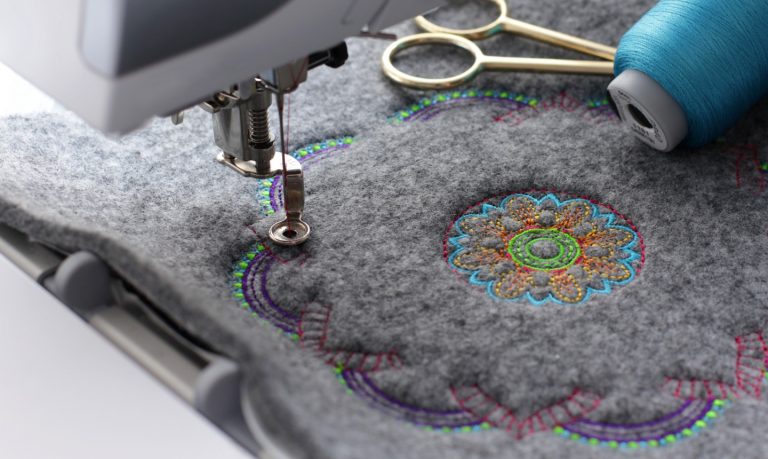Understanding the Embroidery Digitizing Refine: Your Ultimate Overview
Embroidery digitizing is a thorough craft that needs accuracy and experience to translate detailed styles right into digital layouts for machine embroidery. As craftsmens embark on this journey to master the embroidery digitizing process, a detailed understanding of the basics sets the structure for excellence. Beyond the rudimentary expertise exists a realm of advanced software application, specialized devices, and nuanced methods waiting to be checked out. By diving right into the subtleties of digitizing, one can open a globe of innovative opportunities and raise their needlework jobs to new heights.

Recognizing Embroidery Digitizing Fundamentals
Embroidery digitizing essentials create the foundation upon which elaborate styles are converted right into machine-readable styles for accurate sewing. This first action in the needlework digitizing process is vital for making certain that the last embroidered product is a faithful representation of the original layout. Recognizing needlework digitizing essentials entails realizing vital principles such as stitch kinds, sew instructions, density, underlay, and pull compensation.
Stitch types play a vital role in establishing the aesthetic and textural end result of the embroidered design. By picking the proper stitch type, whether it be satin, fill, or running stitch, digitizers can achieve the wanted impact and improve the overall top quality of the embroidery. Additionally, sew direction influences the circulation and dimension of the layout, while density determines the spacing and insurance coverage of the stitches.
Moreover, underlay sewing offers stability to the layout by protecting the textile and protecting against distortion during the needlework process. Pull settlement is another important consideration to neutralize the natural propensity of material to contract when sewn. Grasping these needlework digitizing fundamentals is basic for creating professional-quality embroidered items.
Selecting the Right Digitizing Software Program
Selecting the proper digitizing software is a vital choice that considerably influences the performance and quality of the embroidery digitizing procedure. Digitizing for Embroidery. When picking the right digitizing software application, it is important to take into consideration factors such as the intricacy of designs you plan to produce, the user-friendliness of the software program, the level of client assistance supplied, and the compatibility with your embroidery device
There are numerous digitizing software program options offered in the market, directory ranging from fundamental programs for novices to innovative software program for specialist digitizers. Some popular choices include navigate here Wilcom EmbroideryStudio, Hatch Embroidery Software Application, and PulseID. These software supply a vast array of tools and features to assist you produce complex designs with simplicity.
Prior to choosing, it is advisable to explore the different software program alternatives through free trials or demos to identify which one best matches your demands. Furthermore, reading reviews and looking for suggestions from seasoned digitizers can provide valuable understandings into the staminas and weaknesses of each software package (Digitizing for Embroidery). By thoroughly evaluating your demands and contrasting the functions of different digitizing software program, you can make an educated choice that improves your embroidery digitizing operations
Digitizing Tools and Strategies

Optimizing Style Settings for Embroidery
Mastering the complexities of layout setups is essential in achieving optimum results in the needlework digitizing procedure, building upon the foundation laid by recognizing digitizing devices and methods. When enhancing design setups for needlework, it is important to consider factors such as stitch kind, density, padding, pull settlement, and registration. Enrollment settings straighten different components of the layout properly, preserving imp source overall layout honesty.

Troubleshooting Common Digitizing Issues
When encountering usual digitizing problems during the needlework process, it is important to comprehend the origin and apply efficient options immediately. One common trouble is stitch thickness concerns, where stitches may be too dense, creating the material to pucker, or as well thin, resulting in spaces in the design. Changing the stitch thickness setups in the digitizing software can assist solve this concern.
An additional frequent difficulty is thread breaks throughout the needlework procedure. This can take place due to various reasons such as inaccurate stress setups, boring needles, or making use of low-grade string. Ensuring proper maintenance of the embroidery device, including routine needle modifications and stress changes, can decrease the event of string breaks.
In addition, layout enrollment mistakes can cause misaligned components within the needlework layout. Checking the design alignment in the digitizing software and making necessary adjustments before stitching can assist in avoiding this problem. By attending to these typical digitizing problems immediately and successfully, you can make certain a smoother needlework procedure and high-grade ended up items.
Final Thought
In verdict, understanding the needlework digitizing process requires a strong understanding of the essentials, the right selection of software program, and expertise of devices and methods. Enhancing design settings and troubleshooting usual digitizing problems are vital actions in guaranteeing premium embroidery outcomes. By adhering to these actions vigilantly, one can achieve accuracy and performance in the digitizing process.